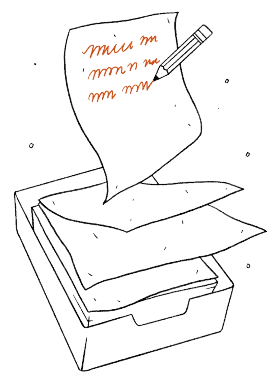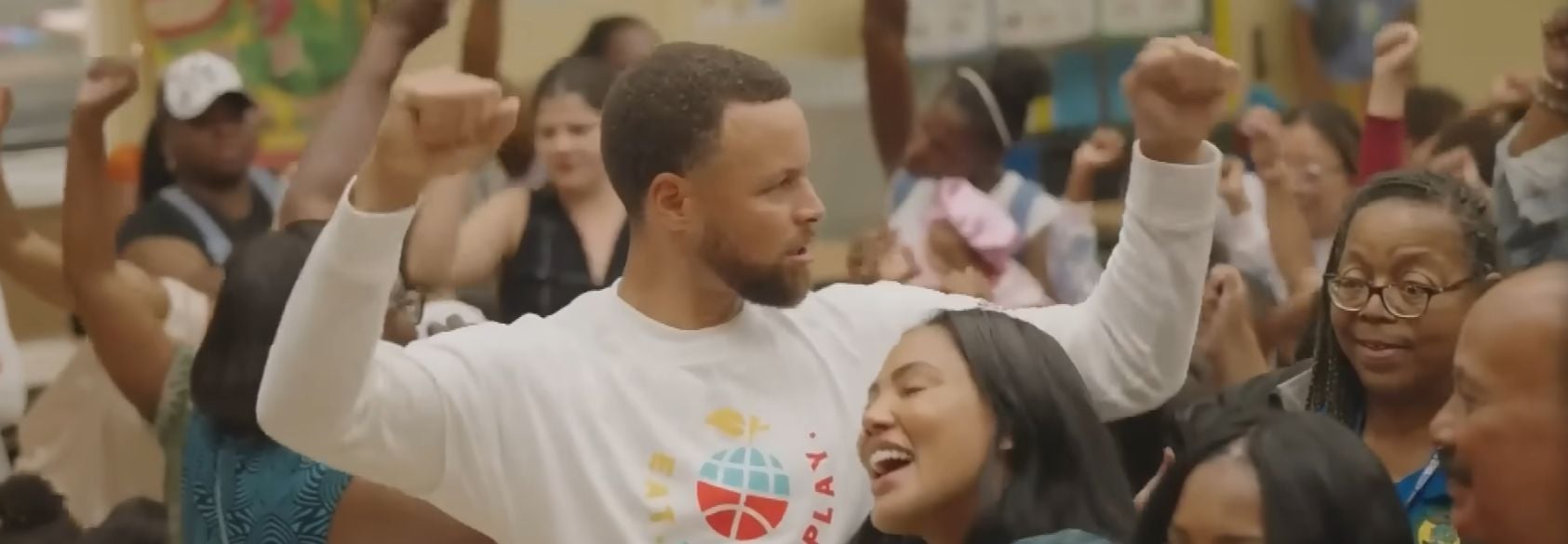Today's News, Tomorrow's Lesson - January 10, 2014
PBS NewsHour Extra Robots are increasingly being used to do all sorts of tasks, from disarming bombs and helping people with disabilities to autonomously vacuuming floors. However, there are still tasks that humans can do easily, such as folding clothing, that are still a major undertaking for even the most sophisticated robots.










